A Bonito is any of eight different species in the Sardini tribe. Researchers place these fish in the Scombridae family, along with tuna, mackerel, Spanish mackerel, wahoo, and more. People commonly use several species as a source of food, particularly the Atlantic and Pacific species. Read on to learn about the Bonito.
Description of the Bonito
Each of the various species has its own unique coloration and pattern. However, they all share a somewhat tuna-like shape, with a deep body and very narrow caudal peduncle. The small caudal peduncle, or area just before the tail fin, helps the fish move swiftly through the water.
The different species range in size, but all measure between 16 inches and about 8 feet long, and weigh between 4 and 286 pounds or so.
Interesting Facts About the Bonito
Each of the various species has its own unique traits and adaptations. Learn more about a few specific species, below.
- Plain Bonito – This species lives primarily in coastal regions in temperate seas. They swim in groups, known as schools. The schools swim with their dorsal fins protruding from the water, like a school of small sharks.
- Dogtooth Tuna – People often refer to this species as “white tuna.” It is the largest of the eight species, growing over eight feet long at its largest. This species prefers offshore reefs, and hunts in deep drop-offs.
- Leaping Bonito – This species schools in large groups, sometimes numbering in the hundreds. These schools feed at the surface, actively chasing anchovies and other small prey, sometimes leaping above the surface of the water in pursuit.
Habitat of the Bonito
Each of the various species has its own preferred habitat. Some live primarily in the open ocean, occupying pelagic ecosystems. Others prefer neritic, or coastal habitats close to shore. Still others prefer specific types of habitats, like deep water reefs.
Distribution of the Bonito
Again, each species has its own unique distribution and range. Some live in the Atlantic, some utilize the Indo-Pacific region, and some live in virtually any temperate or tropical sea worldwide. Their ranges extend from the northern and southernmost temperate seas, through subtropical waters, and into tropical regions.
Diet of the Bonito
All of the various species have carnivorous feeding habits. Voracious and opportunistic, these hunters actively pursue and catch just about anything that will fit in their mouths. Common prey items include squid and small fish such as anchovies, though their prey varies based on the species and the size of the fish at hand.
Bonito and Human Interaction
People fish both commercially and recreationally for most species. Some also catch smaller species for use as bait while catching larger fish, like tuna or marlin. The impact of human activity varies based on the species, and populations in certain regions face greater threat than others. However, the IUCN lists most species as Least Concern.
Domestication
Humans have not domesticated these fish in any way.
Does the Bonito Make a Good Pet
No, you would not want to keep this fish as a pet. Some reach quite lengthy sizes, while others live in large schools and would not thrive in a home aquarium.
Bonito Care
Aquariums keep some species in their tanks. Typically, they house these fish alongside similarly-sized species in massive “pelagic” tanks designed for fish who swim in open water. They keep the fish in schools about the size that would naturally occur in the wild. Food choices include small fish, squid, crustaceans, and more.
Behavior of the Bonito
The social behavior of each species varies, though most show some degree of schooling behavior. Some species prefer living in small groups, while others school in large numbers. All species have high activity, and swim constantly in search of prey. Many species also live close to the surface of the water, and congregate in schools closely associated with seagulls.
Reproduction of the Bonito
Each species has its own unique reproductive behavior. As a whole, this group breeds via spawning, where the females release their eggs into the water and the males fertilize them outside of the body. Different species and different sized females produce different numbers of eggs. The eggs and larva both float freely in the water column.

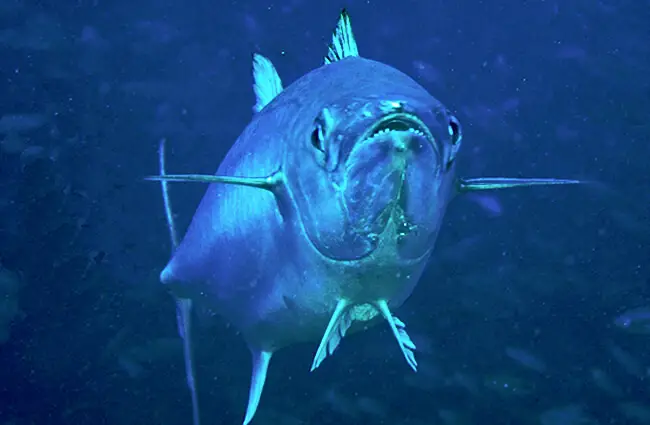

![A school of Bonito A school of Bonito Photo by: Andre Deak [Public domain] https://creativecommons.org/licenses/by/2.0/](https://animals.net/wp-content/uploads/2020/02/Bonito-4-650x425.jpg)

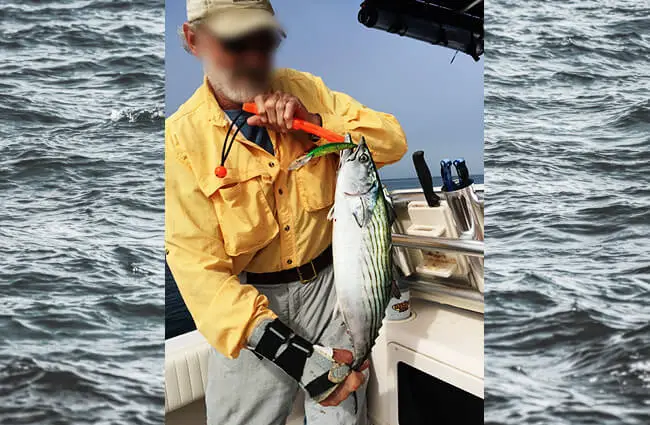
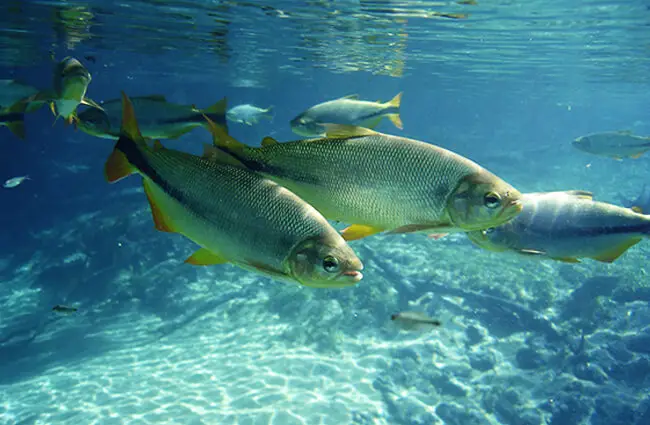
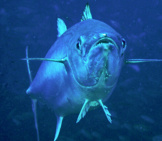
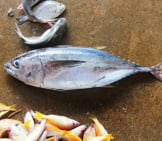
![A school of Bonito A School Of Bonito Photo By: Andre Deak [Public Domain] Https://Creativecommons.org/Licenses/By/2.0/](https://animals.net/wp-content/uploads/2020/02/Bonito-4-162x141.jpg)

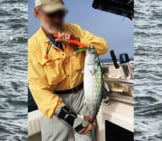
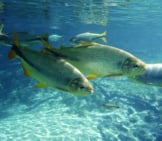
![Red Angus Closeup of a beautiful Red Angus cowPhoto by: U.S. Department of Agriculture [pubic domain]https://creativecommons.org/licenses/by/2.0/](https://animals.net/wp-content/uploads/2020/03/Red-Angus-4-238x178.jpg)












![Red Angus Closeup of a beautiful Red Angus cowPhoto by: U.S. Department of Agriculture [pubic domain]https://creativecommons.org/licenses/by/2.0/](https://animals.net/wp-content/uploads/2020/03/Red-Angus-4-100x75.jpg)

